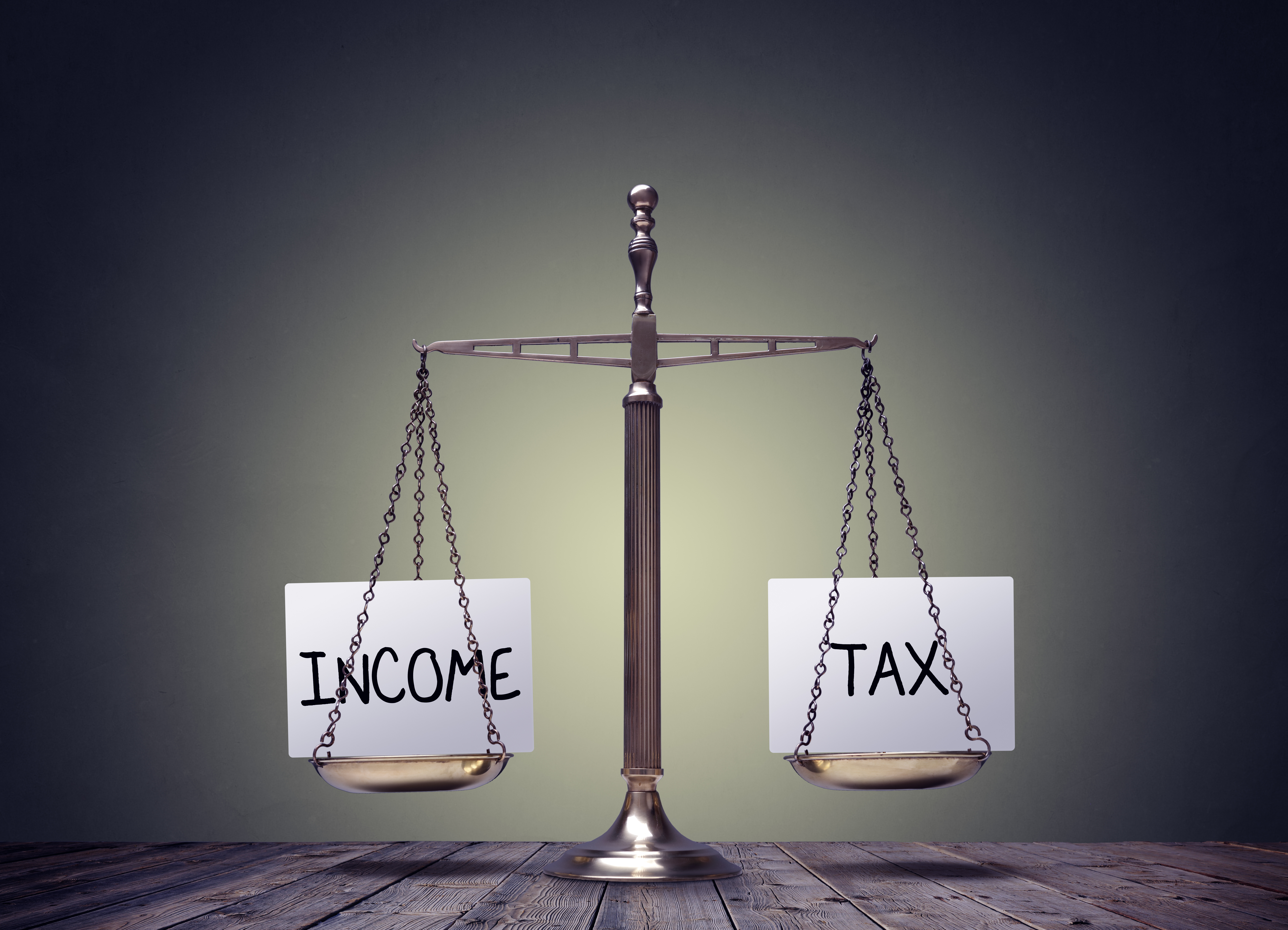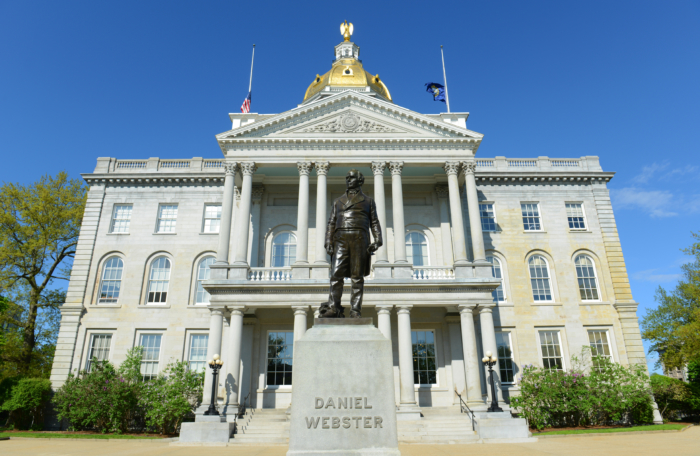When the COVID-19 pandemic hit New Hampshire last year, it’s unlikely that even the cleverest among us thought, “You know, this is going to turn people against local housing ordinances.”
Yet here we are in the summer of 2021, and housing is tied with COVID as the No. 2 concern of Granite Staters, according to a July University of New Hampshire poll.
Granite Staters are most concerned about “jobs and the economy,” with 26% naming it their top concern, according to the July 26th poll. Ten percent of respondents cited “housing” as their top concern, tying it with COVID-19 for second place.
That’s a five-fold increase from last July, when 2% of respondents named housing as their No. 1 concern.
Surely this is related to the huge spike in home and rental prices that has made finding a place to live in New Hampshire feel like a Mad Max-style battle for a vanishingly scarce resource.
Granite Staters aren’t quite donning leather outfits and fighting each other with home-made weapons over apartments and houses. Yet. But the stories from the real estate front lines aren’t pretty. Bidding wars have priced all but the best-financed families almost entirely out of the home and rental markets.
Old timers tell stories of bygone days when high school graduates could get an apartment soon after landing their first job, and homes could be bought by people who didn’t own yachts and condos in Barbados.
Children shake their heads, refusing to believe that such a Shangri-La ever existed.
“Tell me, grandfather, of the time you rented an apartment without having to sell an organ on the black market.”
But the numbers don’t lie. As we noted last month, the median rent for a two-bedroom apartment has gone up 24% in the past five years. The median home price in New Hampshire just surpassed $400,000.
The record rise in home prices and rents has left people feeling helpless, frustrated and angry. They’re watching their housing dreams evaporate before their eyes, and they know something is wrong. They might not know what, but they sense that this wouldn’t happen in a normal market.
And they’re right. The COVID-fueled surge in demand has collided with a NIMBY-fueled housing shortage. The result has been record price increases that the market can’t correct because the numerous local ordinances that caused the shortage remain in place.
For a recently reported example, see the excellent New Hampshire Sunday News story on some of the cases taken up by the new Housing Appeals Board.
A Francestown couple wanted to subdivide some of their own property so their children could build homes on it and all of them could live together on the family land. People have been doing this in New Hampshire since colonial times. But the town refused to approve the changes.
The family took the case to the Housing Appeals Board, which ruled in their favor in three months. A similar case took about 20 months to go through the court system.
Stories like this are common, and they raise serious questions about the way we regulate housing in the “Live free or die” state. When you can’t even build a home for your own children on your own land, is it really your land anymore?
Towns increasingly act like all land belongs to the community, not to the property owners. In the Francestown case, officials wouldn’t approve the family’s proposal in part because the officials thought the land would look better with more trees. They demanded the family replace trees that had been previously — and legally — cut.
This kind of regulatory overreach is how the state wound up with a housing shortage.
Things are so bad that housingmight be at the point where Stein’s Law kicks in.
“If something cannot go on forever, it won’t,” economist Herb Stein mused. Housing prices cannot rise forever. At some point, people will demand solutions. We seem close to that point.
Our poll in May found that people are willing to relax local housing regulations in exchange for lower prices. A majority (51%-29%) support relaxing local regulations so developers can build more rental housing, and a plurality (45%-34%) support relaxing local regulations so developers can build more homes.
The pandemic has exposed numerous unnecessary and harmful regulations, from prohibitions on telemedicine to bans on sidewalk dining. Local anti-housing ordinances can be added to the list.
People want more housing, and rolling back bad ordinances is the way to get it. The only question is, who will have the political will to push for changes?









